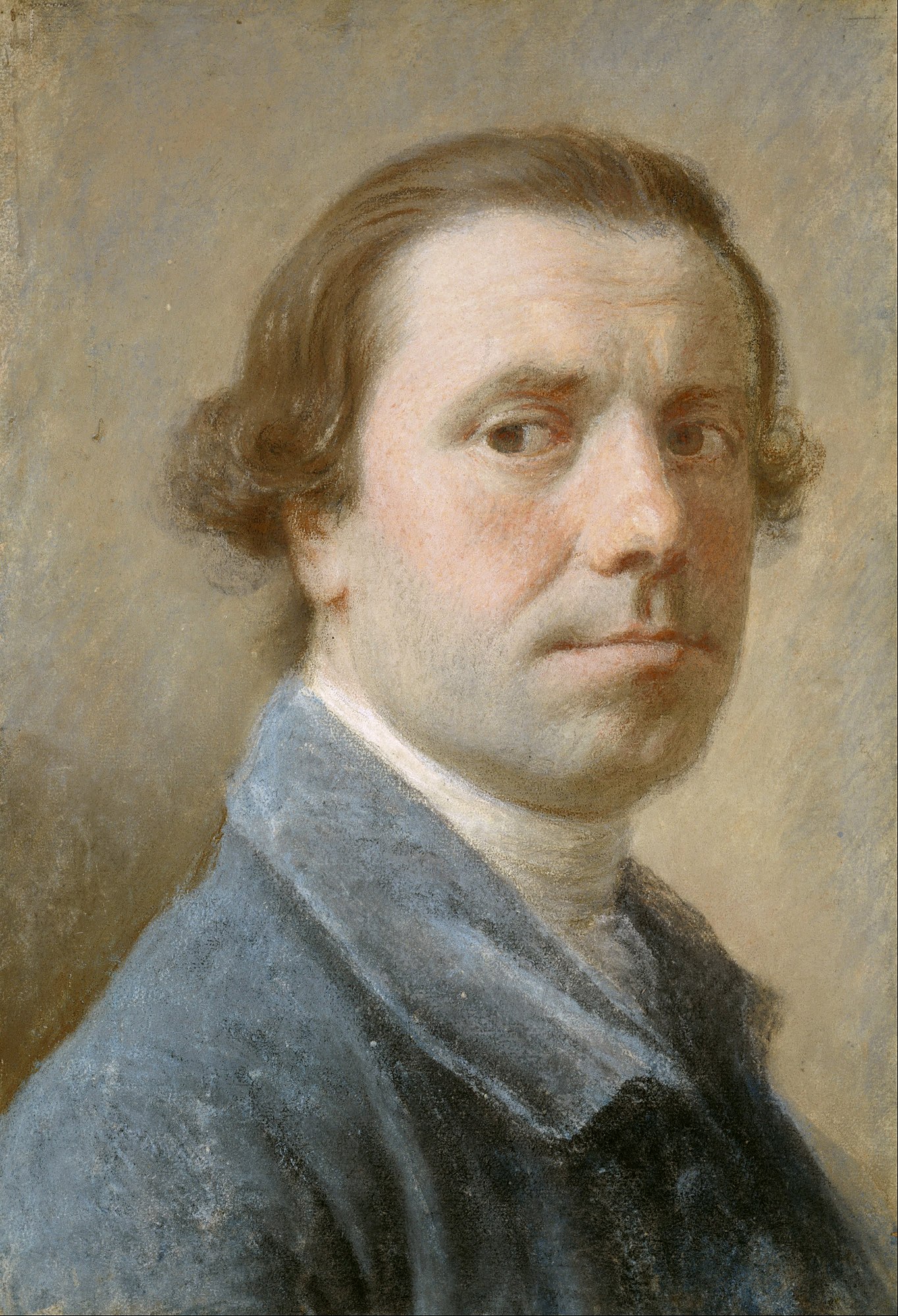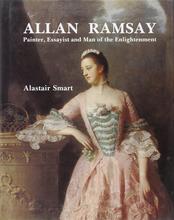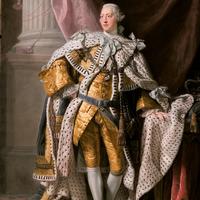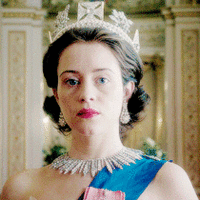More about Allan Ramsay
- All
- Info
- Shop
Works by Allan Ramsay

Sr. Contributor
A dashing Scottish artist with a tragic past. A golden-haired maiden from an ancient highland clan. A clandestine elopement, and a family feud. Is it an episode of Outlander? A romance by Sir Walter Scott? Nope. Just another day in the life of Allan Ramsay.
Edinburgh native Ramsay, son of a famous Scottish poet and enlightenment thinker (also named Allan Ramsay), is said to be the first great Scottish artist, equal to his English contemporary Sir Joshua Reynolds, and even better at painting women. He was active in Scotland, London, but also studied, traveled and worked extensively in Italy.
His first wife was Anne Bayne, who died in childbirth early in their marriage. All three of their babies died in childhood. But Ramsay was destined for one of art history’s great love stories. He fell for one of his pupils, the beautiful Margaret Lindsay, daughter of baronet Sir Alexander Lindsay of Evelick and Amelia Murray of the noble Clan Murray. They eloped without consent, and Margaret’s parents were furious that she had run away with a lowly artist, though Ramsay wrote a heartfelt letter to her father promising to provide for her, and proclaiming he had no motive but, “my love for your Daughter, who, I am sensible is entitled to much more than ever I shall have to bestow upon her.” (aw, sigh!). Sir Alexander and Lady Amelia were unimpressed, and never spoke to the couple again.
Margaret’s brother Sir John Lindsay, however, remained sympathetic to the persecuted couple, perhaps as a result of his own experiences. Sir John knew a thing or two about forbidden passion. While an officer in the Royal Navy, John fathered a biracial child by a captive African woman he had rescued from a Spanish slave galley. Their daughter, Dido Elizabeth Belle, was the subject of a famous portrait by Ramsay’s contemporary Johann Zoffany, and a Hollywood film.
Despite the obstacles before them, Allan and Margaret had a long and happy marriage, raising three children to adulthood. Furthermore, Ramsay was true to his word that he would provide for Margaret. He became official portrait painter to King George III, creating the most iconic image of one of England’s most notorious Kings.
His portraits of George’s wife Queen Charlotte are a source of some controversy. Charlotte was criticized by the racist beauty standards of the time for having “mulatto” features. There is speculation (but little evidence) that she may have been part black. In either case, as an abolitionist, Ramsay may have accentuated Charlotte’s supposedly “African” characteristics for propaganda purposes, knowing that copies of his portraits would be circulated in the slaveholding American and Caribbean colonies.
Later in life, Ramsay gave up painting, having injured his arm after falling off a ladder, and depressed by the death of his beloved Margaret. He threw himself into literature and philosophy instead, becoming (like his father) a prominent figure in the Scottish Enlightenment.
Featured Content
Here is what Wikipedia says about Allan Ramsay (artist)
Check out the full Wikipedia article about Allan Ramsay (artist)













